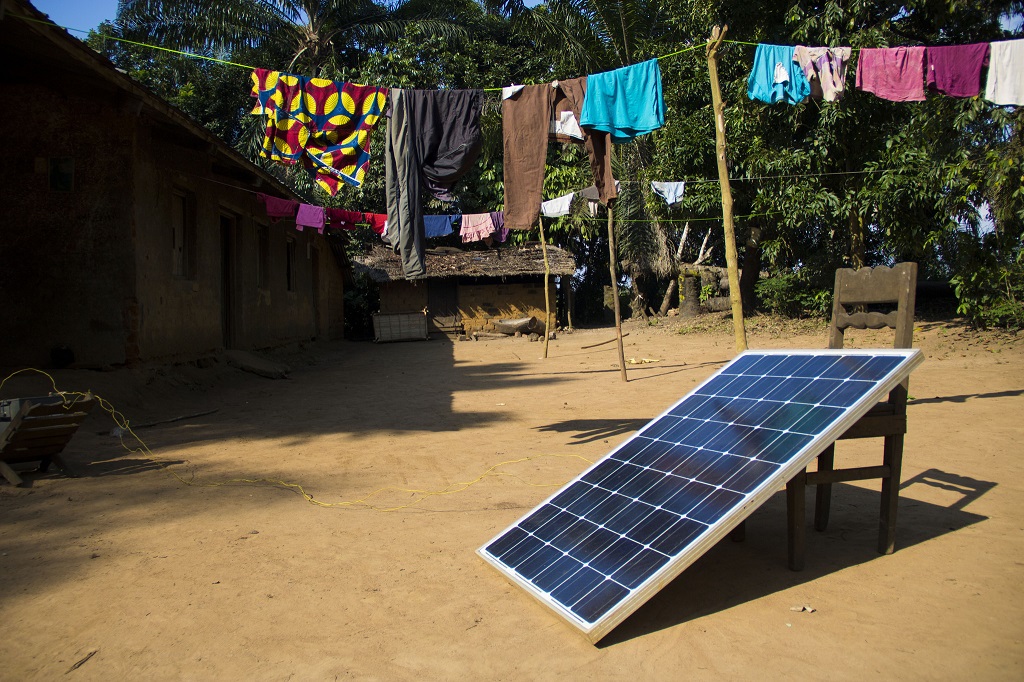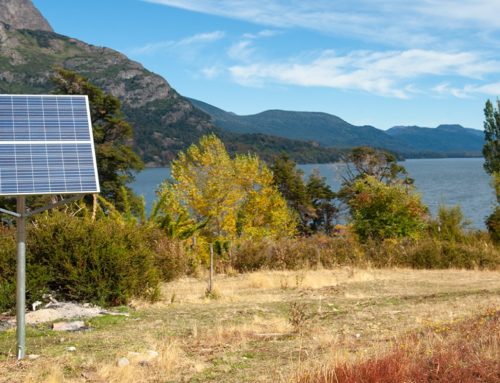According to the 2017 edition of the World Energy Outlook report published by the International Energy Agency (IEA), in 2016 1.1 billion people worldwide still didn’t have access to energy – of which 588 million in Africa. Nevertheless, the IEA experts keep an optimistic outlook on this trend. In fact, by comparing the new data to the 1.7 billion people observed in 2000, they expect these figures to fall by another 674 million people by 2030. This means progressively getting close to the achievement of the seventh Sustainable Development Goal promoted by the United Nations, that is ensuring universal access to affordable, reliable, sustainable and modern energy.
To this effect, many initiatives are currently in progress, and – step by step – the goal of universal access to energy is progressively being achieved. This is possible especially by means of stand-alone solutions, which spare the vast expenditures otherwise entailed when expanding the branches to the national networks. Off-grid energy services can indeed overcome difficulties in connecting isolated communities, particularly in the developing countries.
This explains the steady growth enjoyed by the off-grid sector, whose products already provide more than 110 million people with energy on a global scale. According to forecasts by Bloomberg’s agency, the off-grid technologies should connect not less than another 500 million people by 2020, thereby largely contributing to the undertaken process of universal electrification.
So where is Africa in all this? According to the latest report on off-grid world solar market, in the first half of 2017 the sub-Saharan region alone accounted for half of the whole sector market: about 1.8 million off-grid products were sold in African countries out of a total of 3.5 million worldwide sales. These figures have been published by Global Off-Grid Lighting Association (GOGLA), an independent non-profit association representing the off-grid industry. It was created in 2012 within the scope of the Lighting Global programme, launched by The World Bank Group’s International Finance Corporation.
Speaking of little achievements, the recent conference “Solar & Off-grid Renewables” – which took place on 5-6 December 2017 in Dar es Salaam, Tanzania, and dealt with Eastern and Southern Africa – provided an opportunity to revisit and take stock of all the countless projects gradually allowing thousands of isolated people to have access to energy whilst living off the grid. Indeed, there is a long list of such initiatives, especially in Eastern Africa, which alone accounts for almost 70% of the total Sub-Saharan African off-grid market.
Moreover, by way of example, the European Union (EU) and the United Nations Development Programme (UNDP) financed an electrification project in Eritrea, using two solar-hybrid mini-grids. The two modules – powered with photovoltaic solar energy and lithium ion batteries – are intended to provide Areza and Maidma rural communities with energy, connecting in total 40,000 people. The clean energy produced by this project – which is expected to be completed by early 2018 – is going to have a twofold goal: on the one hand, reducing CO2 emissions released into the atmosphere by diesel-driven generators that the future users of the two mini-grids have been using; on the other hand, reducing the economic impact caused by such machines.
In its turn Tanzania, which supports off-grid electrification through renewable energy sources in rural and isolated areas, appeared very strong-minded in the December summit it hosted. In fact, thanks to a mini-grid investment-friendly legislative framework, the country can pride itself on a 157.7 MW installed capacity by means of 109 mini-grids scattered here and there on its territory. These installations connect a total of over 180,000 people.
On the release of the report Accelerating Mini-grid Deployment in Sub-Saharan Africa: Lessons from Tanzania, published by the World Resources Institute (WRI), the Tanzanian deputy minister of Energy and mineral Resources, Médard Kalemani, placed great emphasis on the need of adopting renewable energy technologies as well as stand-alone electrification solutions, mini-grids and micro-grids. In fact, they prove to be all the more necessary in view of the difficulties encountered in connecting each Tanzanian region to the central network to provide energy.










